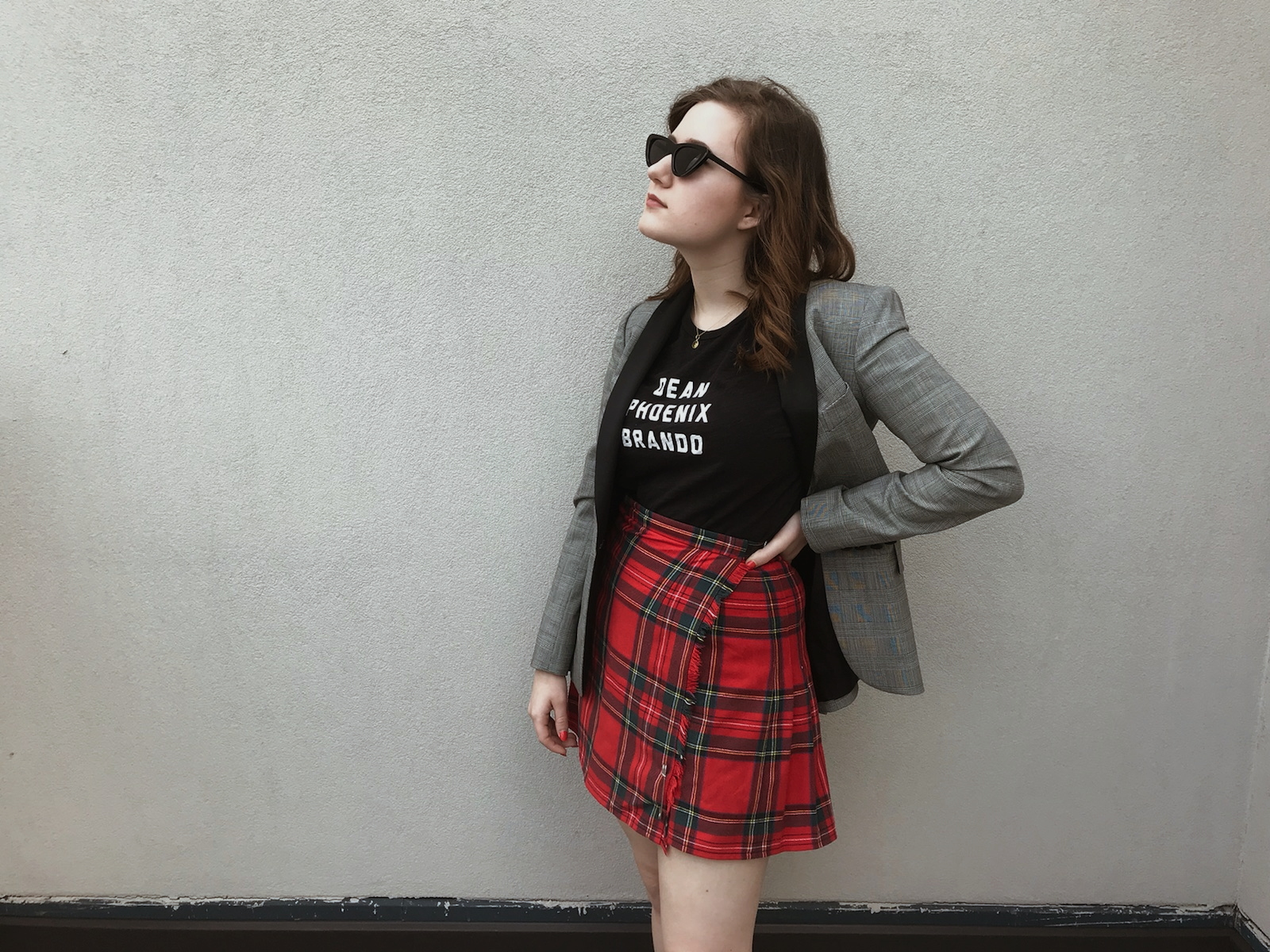Photo taken from Chanel S/S 14 show
As many of you would know, Paris Haute Couture week just ended over a week ago and if, like me, you're still in a daze over all the beautiful handmade dresses and want to know more about haute couture, this is the post for you!
Haute couture originated in France, around the 1700s, with Marie Antoinette was queen, it is this controversial figure that is credited for bringing haute couture to the French. Paris had seen many visitors over the years and dressmakers and milliners would see all the foreign materials and influence brought to the city, then copy and reconstruct them, which was then copied by many other dressmakers in France, thus the result being that Paris was seen as the best place, in not only France, but eventually Europe, to acquire garments.
It was not a Frenchman however who was seen as the 'Father of Haute Couture' but an Englishman, Charles Worth. He worked in a drapery shop in Paris and would make dresses only for his wife, but it was when customers started asking for his creations instead did he expand into dressmaking. He revolutionised dressmaking, instead of letting the costumer decide how they wanted their dress, he would make a set and display them at fashion shows, he removed excess materials and chose clean simple lines instead and was much perceived to be the first designer to put his label on clothes. He was so popular he had to turn away customers, this alongside with his notable clientele only made him and his brand more elite and coveted.
The production of clothes in factories and using machines with much more reasonable prices has resulted in haute couture being seen almost as a dying art, as haute couture pieces are not just clothes, but the pieces, all delicately and painstakingly hand made over a number of days, maybe even weeks, is noted as an art form.
It is Chanel that have been buying up the ateliers in France, making sure the artisans still make and showcase their extraordinary work in the fashion capital, as the skills were moving to countries such as China, where they were produced much cheaper and on a mass market scale. It is ateliers that make the garments of haute couture (though they also make ready-to-wear pieces as well) and the term is now protected under law in France, so only a few fashion houses and designers may label a set as 'haute couture'.
For a piece to be labelled as haute couture it must follow these rules;
1) Must be designed made-to-order for private clients, with at least one fitting process.
2) Have an atelier in Paris that employs at fifteen full time staff.
3) At least one of their ateliers must have twenty technical workers working full time.
4) Every season the brand must present a set/collection of at least fifty designs to the public eye, of both day and evening outfits, in January and July every year.
The first rule may confuse you, as I had previously stated that Charles Worth, the father of haute couture himself did not let the costumer dictate the dressmaking process. It is the same still, designers make and present their haute couture pieces at shows, but it is when a client wants to purchase a haute couture piece that they either make a completely new dress, a replica of the one seen on the catwalk but with the measurements of the client or the alter the piece slightly as seen on the catwalk, only if the clientele is the same size as the model of course, this saves so much time that they get 30% off the price.
The world of haute couture only has about 200 regular clients, who may only buy one piece per season, so how does it flourish? Well, it is an art form and is in such displayed and seen as art, not seen so much as to wear (it is Dior, Chanel and Ellie Saab that seem to have the most wearable haute couture pieces) and while the pieces have a very luxurious price tag they do not bring in a huge revenue for the brand, but publicity.
The Chambre Syndicale de la Haute Couture has only ten official members, along with a few foreign correspondent members and 'guest' members, to be credited with the label of haute couture makes the designs of the brand in all it's lines more admired and coveted, such as their prét-a-porter range (ready-to-wear) which would be wear the brand would get their main source of capital.
The world of haute couture is often misconceived as one of money and the elite, which in many ways it is, but it is so much more than that, it is one of artisans and their beautiful creations, with craftsmanship and skills handed down through generations and reinvented and revolutionised thinking, much like any other art form today.
Haute couture is not clothes, as such, I would, alongside many other people, label it as wearable art.
Until next time,
Gabrielle x




No comments